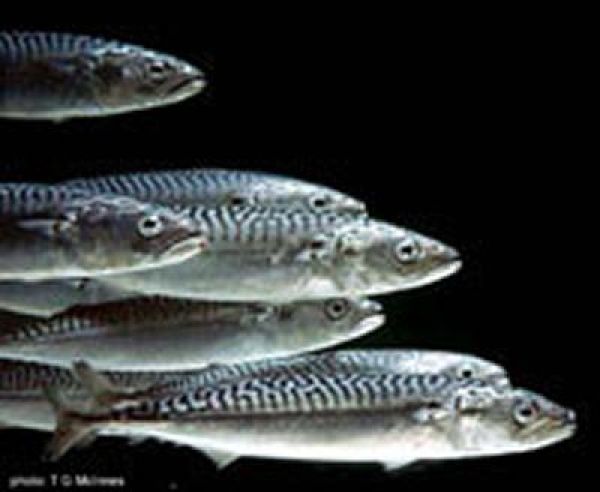An international research team including scientists from the University of Southampton have shown for the first time that the energetic cost of living (the metabolic rate) of fish can be measured in structures that grow in their ears. This new tool can be used to show how fish are influenced by and adapt to changes in their environment, including climate change.
Animals need to eat enough food to provide energy to sustain their bodies, hunt, grow and reproduce. In a changing world, changes to the metabolic cost of life can influence where animals can live. To date, measuring the energetic cost of living in the wild has been difficult, especially for animals that live in water. However, new research has discovered that a fish’s pace of life is recorded in a small structure in its inner ear, known as an otolith, or earstone.
Earstones help the fish know up from down, determine their speed through the water and aid hearing. The researchers from UK, Norway and Denmark have now shown that it also acts as a fitness watch, revealing whether the fish had an active life or was completely relaxed.
The carbon in the earstone originates from two sources: the water the fish lives in and the food it eats to meet its energy demands. The carbon from both sources mix in the blood before some of it ends up in the earstone as calcium carbonate. By carefully analyzing the calcium carbonate, the researchers can determine the how much of the carbon originates from the water or the diet as the two sources have different proportions of the light and the heavy carbon isotopes. When the fish’s metabolism increases, for example when it encounters warmer water or is more active, it burns off more food and the proportion of carbon from the food in its earstone increases.
Continue reading at University of Southampton.
Image via University of Southampton.


